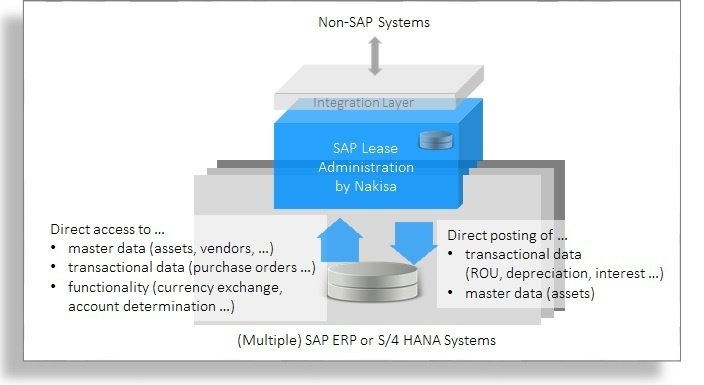Your company will have to comply with the new IFRS16 standard? Your respective processes are not yet clearly defined? This paper explains the key challenges you will be facing and how an optimized tool support should look like. It discusses why most of the existing solutions are not ideally suited to support IFRS16. And it concludes by presenting an interesting, SAP-based lease management solution.
IFRS16 – What’s the change?
In early 2016 the International Accounting Standards Board (IASB) issued ‘IFRS 16 Leases’. It sets out principles for the recognition, measurement, presentation and disclosure of leases for both the lessee and the lessor.
In IAS 17 a lease had to be classified by the lessee as either finance lease or operating lease. When a lease was identified as being economically similar to a purchase of the asset, this lease was classified as a finance lease and had to be reported on the balance sheet. All other leases were treated as operational leases and not shown on the balance sheet (‘off-balance-sheet-leases’).
This changes rapidly with IFRS16. Instead of the distinction of operating and finance leases, all leases that exceed certain thresholds with regards to contract durations and lease values have to be reported on the balance sheet.
When IFRS16 becomes effective on 1st January 2019, a lessee will need to …
- capitalize the right to use the underlying asset (‘Right of Use ROU’)
- recognize the financial liability representing the obligation for future lease payments
- separate the depreciation part of the lease assets from interest on lease liabilities in the income statement
… for all contracts that are to be considered leasing contracts.
IFRS16 – Why many tools are no perfect fit
It is not exaggerated to state that most existing ERP-systems are not prepared to support the administration of leasing contracts very well. The problem is not to book assets, liabilities, interest and depreciation, but to administrate the contract details throughout their lifecycle. A suitable system should support the full spectrum of lease management in one central solution.
Currently a number of tools are coming up that can calculate the numbers and accounts that need to be booked for leasing contracts. These tools, mainly originating from an EPM background, are not ideally suited to support complex organizations in their lease administration, as they only fulfill parts of the requirements. They are typically able to administrate leasing contracts and to do the necessary calculations (NPV, IRR etc.), but they are not integrated with the ERP-systems that hold relevant master data and that need to receive final bookings.
An ideal solution, however, should neither be an isolated lease administration tool nor a pure booking extension to a finance tool. Instead, it should work like a distinct “subledger” for leasing contracts, which combines special lease administration functionality with a direct ERP-integration. As companies can have several ERP-systems from different vendors in their architecture, the central lease administration tool needs to be able to connect different organizational units to different systems. A separate tool is therefore preferable compared to a solution within one of the existing ERP systems.
Our Point-of-View-Paper on IFRS16 discusses in detail the requirements which a suitable solution needs to fulfill. It also shows one solution which integrates seemlessly into SAP ERP systems and which at the same time can work as a standalone lease administration system: SAP Lease Administration by Nakisa.

You are interested in more project-related PoV-Papers? You might want to read about our consolidation solutions with BPC Embedded, our project at Orell Füssli or our BPC solution for a chemicals company.
By Andreas Krüger